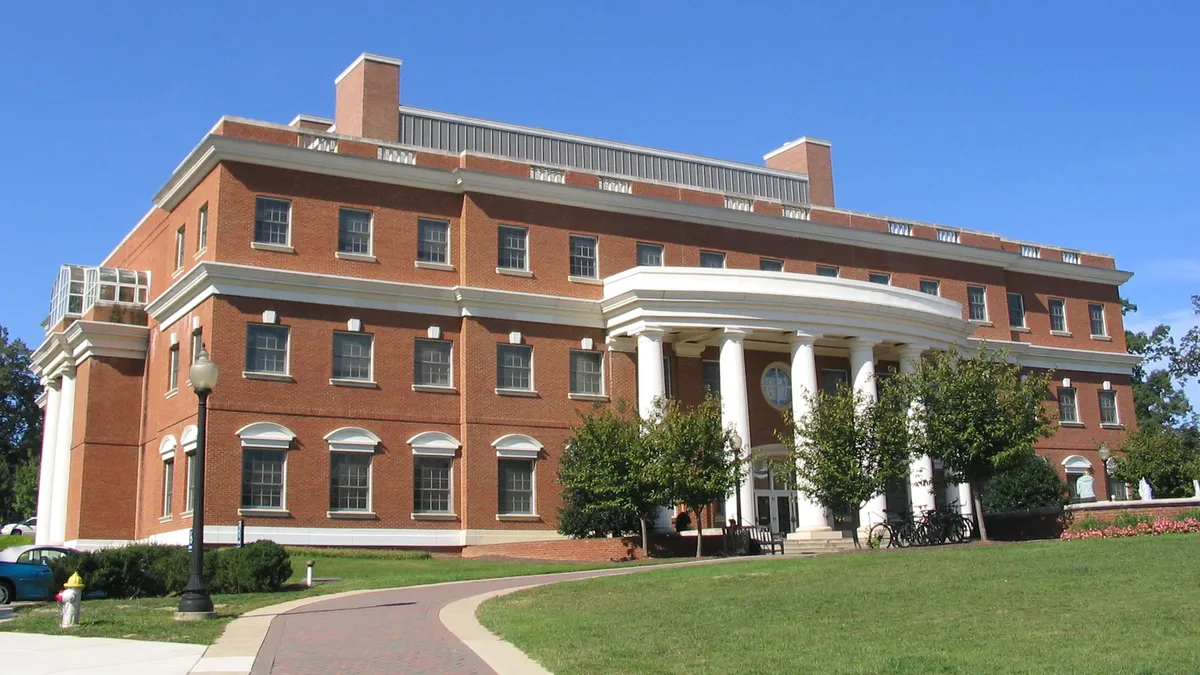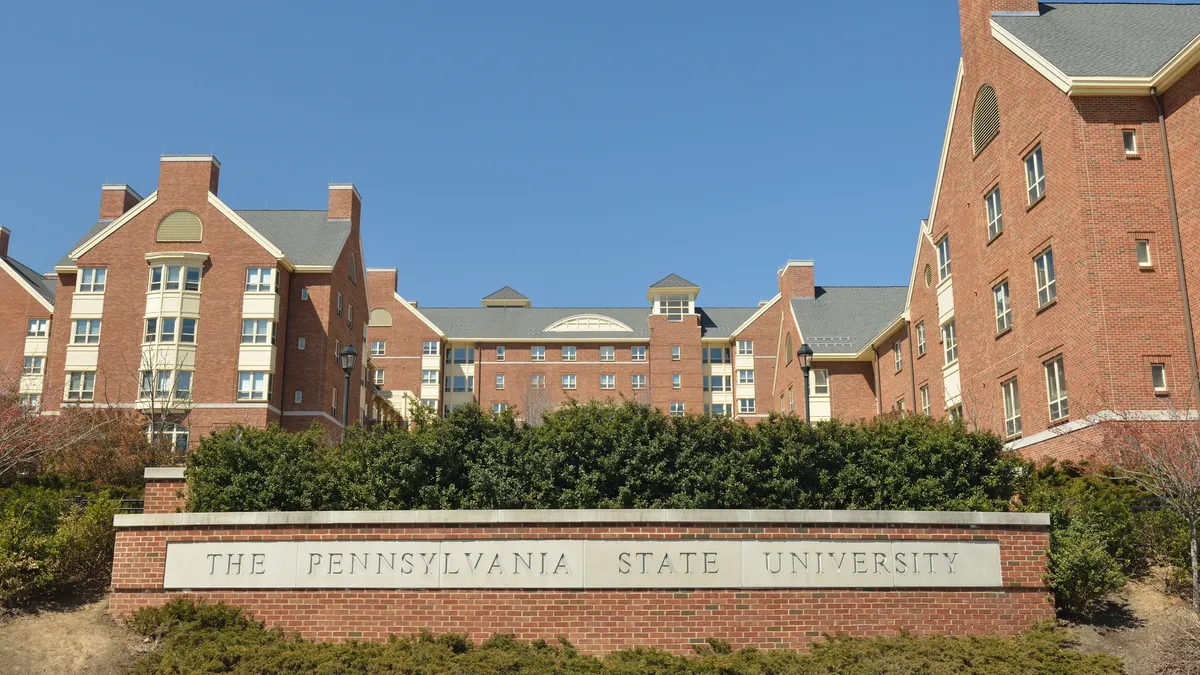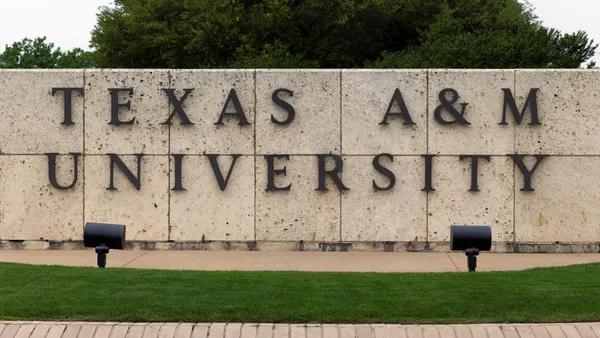Dive Brief:
- Amid declining enrollment and increasing competition, three public Virginia universities carry some financial viability risk, according to a state-level analysis released this week by the Joint Legislative Audit and Review Commission.
- Those found to have “some” risk to their viability — a medium risk rating — were Radford University, University of Mary Washington and Virginia State University.
- Another four institutions were cited at “low” viability risk: Christopher Newport University, Longwood University, Norfolk State University and University of Virginia’s College at Wise. The commission didn’t deem any universities at “high” viability risk.
Dive Insight:
Most of the universities found to carry some viability risk have faced substantial enrollment declines, according to the state agency.
Radford, for instance, saw full-time equivalent enrollment drop 29% between 2014 and 2023 — the most among any of the state’s institutions — while University of Mary Washington’s dropped by 20% and Longwood’s by 17%. All three are relatively small regional universities, each with under 8,000 students as of fall 2022, according to federal data.
“For most institutions, student tuition and fee revenue makes up a substantial portion of their total revenue,” commission staff said in the report. “If enrollment declines, tuition and fee revenue declines.”
At Radford, the headcount dropoff has dampened the institution's other advantages, including “solid finances, pricing power, state funding levels, and facilities,” according to the commission. However, Radford reported signs of hope: Based on student deposits as of August, first-year enrollment is on pace to increase nearly 30%, from 1,100 in 2023 to 1,400 in 2024.
Mary Washington, meanwhile, faces additional challenges such as price competition, which has led to heavy tuition discounting in recent years, the report noted. In turn, the discounting has weighed on tuition revenue.
Moreover, Mary Washington’s aging facilities make student recruitment more difficult, and poor investment decisions for the university’s endowment have led the institution to take on more debt to compensate, according to the commission.
The report also pointed to pricing power issues at Virginia State, a historically Black institution, which the commission said has seen inflation-adjusted tuition revenue per student fall about 26% since 2015. It also faces risk from “the relatively poor condition of its facilities and lack of adequate student housing,” the report noted.
Virginia State University addressed the audit directly, in a statement to its campus.
“These findings do not come as a surprise to us,” President Makola Abdullah said. “In fact, they underscore what we already know, that as an HBCU, VSU has historically been underfunded compared to our contemporaries.”
Pointing to challenges in pricing power, Abdullah also noted that the university’s tuition ranked among the lowest in the state, allowing the institution to “continue to serve a population of first-generation college students, many of whom come from working-class backgrounds.”
Commission staff pointed out that each of the three listed as having “some” viability risk were working to address the situation. Still, they recommended that risk factors “should be monitored in the coming years.”
Together, Virginia’s 15 four-year public universities enroll about 211,000 FTE students and receive $2 billion in state general funds, while taking in another $3 billion in tuition and fee revenue.
Overall, enrollment at the state’s universities has increased 6% over the past decade, according to the commission. Virginia Tech has seen the most growth, with a 22% jump, while George Mason University and James Madison University also grew enrollment 20% or more during that time.















